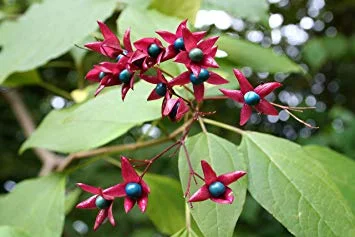Jump for Joy!
A valentine’s campaign to bring joy, play, and connection to outdoor activity for homeless families with children.
A Shelter with Heart
PHFS is thrilled to be on the forefront of family shelter models that use trauma-informed design and architecture to create places that support emotional health. In addition to remodeling the interior of the building, in partnership with Jessica Helgerson Interior Design, we are designing the exterior using these concepts as well. PHFS is so excited to be working with Corlett Landscape Architecture, Maul Foster Environmental Engineering, and Naomi Miller, lighting designer, to help us realize these dreams.
Landscape Architect Cathy Corlett has designed a beautiful sanctuary that will help parents and kids feel calm, connected, and safe while they are guests at our shelter. It includes a playground, community food garden, basketball court, covered picnic area, dog walk area, and multiple types of gardens.
Before and After
The Lents campus includes a former church and apartments, surrounded almost completely by asphalt. The design team worked together to identify opportunities to extend the function of the buildings into the outdoor spaces, ways to address constraints such as storm-water drainage and safety, and strategies to unify these spaces as a campus.
Landscape design by Corlett Landscape Architecture
Applying the Aesthetics of Joy
With the recognition that an important part of trauma recovery is regaining a sense of optimism, the aesthetics of the outdoor spaces emphasize joy through curvilinear spaces, spherical and rounded forms, and materials and spaces which create a sense of abundance, lightness, and clarity. Kids and families growing their own food encourages a positive self-image, a sense of resourcefulness, supported by connection with the bounty, beauty, and healing power of the natural environment.
Play spaces encourage freedom of motion, creative problem solving, quiet reflection, and imagination. They are about building physical, emotional, and mental resiliency and confidence through healthy exploration. Play spaces for children, pets, and adults are places where it’s ok to be yourself, and habits of happiness can be established and honed.
Connection is created in spaces designed for chance encounters as well as extended conversation. These spaces foster friendship, stability and a sense of home and being cared about. Connection spaces also encourage engagement with a larger community and a sense of belonging and having a purpose. Dignity and self-empowerment are fostered through opportunities for service and learning. Plants also reinforce connection.
All outdoor spaces at PHFS Lents are designed to feel welcoming, structured, and predictable. These spaces aim to minimize feelings of being vulnerable, confused, or insecure. Safe spaces have clear boundaries and are easy to navigate, because the environment provides intuitive way-finding cues. A feeling of personal security, autonomy and the option of privacy is provided by movable furniture and places to be alone without feeling isolated or lonely. All outdoor spaces are warmly lit and well-monitored, with open sightlines, and a friendly human presence.
Plant Materials
Throughout the year the plant materials at PHFS’ Lents Campus will inspire joy, and invite playful and safe interaction. In summer there will be strawberries, blueberries, and pineapple guavas to pick and enjoy. In late summer and fall, there will be ripe grapes, huckleberries, the scent of the Harlequin Glorybower tree. In winter, evergreen native plants in storm-water gardens such as Evergreen Huckleberry, blooming Oregon Grape, and red berries of Wintergreen and Kinnickinnick will bring good cheer through the greyest of days. With spring comes a glorious show as the Yellowwood and Ceanothus trees will bloom. Containers near doorways will hold seasonal flowering plants for a burst of friendly color to set a positive mood. Flowering and fruiting vines will grow up fences and trellises, and the tiny, bright fruits of Mountain Ash and Serviceberry trees will attract migrating songbirds.












